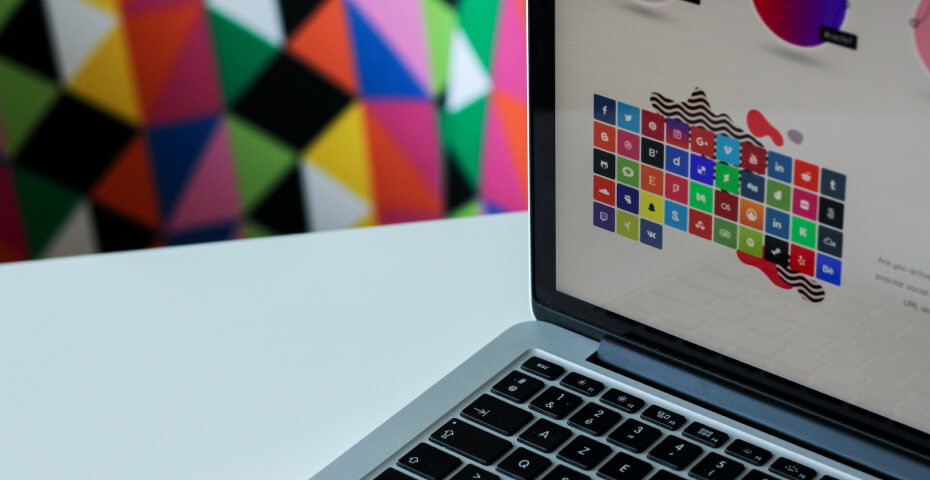For user experience design to be effective and create a streamlined and engaging experience, design validation is essential. Through the use of specialist tools like heat maps and eye-tracking software, testers can better understand how consumers interact with various screen elements.
Your design validation efforts will benefit greatly from working with a trustworthy UX agency. Some advantages include increased productivity, more accuracy, and lower costs.
What Assistance Can a UX Agency Provide?
While conducting design verification, it is helpful to work with a reputed UX agency. They can assist you in identifying potential issues and evaluating best practices among your customers.
Because of this, you can find hidden defects early on in the development process, which can ultimately save you a ton of time and money!
1. By Ensuring User-Centric Design and Conducting Usability Testing
Usability testing is a research process that examines a product to ascertain how easy it is to use. Usability is often defined as how a consumer interacts with your product or services.
Usability testing is crucial to user-centric design since it helps you understand what your customers want from a product or service and then builds around that to provide them the best experience. In addition to helping save time and money, it helps discover possible underlying issues and evaluate assumptions that might affect the product design.
The following eight methods will help you achieve user-centric design and conduct efficient usability testing:
- Establish a prototype.
- Make a test strategy.
- Establish goals and define your objectives.
- Utilize resources to draw in participants
- Construct task situations and carry out interviews.
- Examine the test results and more information.
- Record the data that was gathered.
- Give a report on your results.
2. By Informal Validation
Getting feedback from real people regarding how your product or service is designed is a common way to obtain informal validation, as opposed to depending solely on focus groups or surveys.
Corridor testing is another name for this unofficial method of testing, when you observe and converse with coworkers or potential customers to find out about their preferences and actions with regards to your services or product.
Because it’s quick and doesn’t require a lot of resources, as the name implies, it’s the foundation of filthy usability testing. This approach allows you to get input from potential customers and obtain quick feedback on the designs of your products or websites.
You can make a great user-centric product design by enlisting the support of your fellow designers and friends for new ideas.

3. Using Design Heuristic Analysis
It’s important to choose when and when to apply design heuristic analysis in your product design, as it’s a potent technique. A poor return on investment (ROI) and even financial loss might arise from UX agencies’ abundance of resources and tools, which they may not know when and where to deploy.
Making products and interfaces that more accurately assess usability is one way to study design heuristics in an efficient manner. Check for adaptability, mistake prevention, feedback loops, system visibility, and aesthetic appeal.
The use of heuristics as guiding principles in design validation is extremely important:
- By improvising efficiency benefits, it aids in the formulation of attractive user experiences.
- It can be applied early in the design phase and is both quick and economical.
- You can give a thorough usability status of the product’s interface using the appropriate heuristic measurement.
- To further explore such problems, it can be combined with other usability testing techniques.
4. Using Analytics Benchmarking for Design Validation
Analytics benchmarking provides information on how well your product does against things that are similar to it.
You may monitor analytics to find out which features – like page views per session, time spent on the site, and conversion rates – are working well and which ones need work. You may use this information to determine what improvements or changes your product or website design needs to make in order to outperform the competition.
Working with a UX agency that provides benchmarking services to assess the success of designs against industry standards has several advantages:
- Expertise: Having a thorough understanding of user-centered design principles and the ability to effectively evaluate user behavior patterns with analytics tools such as heatmaps, qualified designers know exactly what has to be done to make sure your project fails.
- Efficiency: You can avoid wasting time and money by delegating tasks to experienced people because they already know how to complete specific tasks quickly and effectively, saving you from having to start from beginning.
- Cost Savings: Hiring a professional designer is usually less expensive than trying to complete the task yourself because companies don’t have to pay for workers to be trained on the newest technologies and techniques required to finish projects quickly.
5. Through A/B Testing and Design Version Optimization
A/B testing evaluates how well two variants of a website, software application, or other digital asset perform in comparison to one another. This method helps you create experiences that are specific to your audience by determining what interests them the most.
When building products and services, a seasoned UX agency understands how important it is to understand the demands of the client. Both data-driven insights from sources like Google Analytics and qualitative research methods like surveys and interviews are used to examine user behavior on their websites and apps.
Following the identification of these enhancements, they will concurrently test the two versions to ascertain which provides the best advantages for users, taking into account metrics such as conversion rates, site time, etc.
Also read: Unlocking the Art of User Experience: The Power of Front-End Development

How to Find the Right Agency Stakeholder for Design Validation?
A key component of product development is design validation. It guarantees products that meet customer needs and are reliable, safe, and efficient. Knowledgeable agency stakeholder is required to obtain design validation. The next section addresses how to identify the appropriate agency stakeholder for design validation.
Step 1: Determine Needs
Establish first what level of agency stakeholder knowledge you need. It is quicker to narrow down prospects when you know what skills you require.
Step 2: Search Candidates
Once you’ve decided on the type of agency you want, look into stakeholders that fit that profile. Examine their credentials, past accomplishments, and client testimonials regarding the caliber and effectiveness of their work. This inquiry should demonstrate whether the candidate possesses the necessary expertise of design validation.
Step 3: Choose the right agency
Before choosing an agency, get to know them better by asking them questions after you’ve narrowed down your options. Inquire about their knowledge of relevant laws, the technology being used, and other topics throughout these interactions to see if they possess all the skills your company or sector requires. Once you’re happy, choose them as your validation process design partner.
Conclusion
Care must be taken in selecting the appropriate agency stakeholder for design validation. Ensuring that only competent individuals are chosen requires adhering to specific procedures, such as evaluating needs, investigating possible applicants, and conducting interviews.
Specialists that are well-versed in every facet of validation design, guaranteeing a notable rise in success rates.
Author
Jayesh Patel
Jayesh Patel is a Professional Web Developer & Designer and the Founder of InCreativeWeb.
As a highly Creative Web/Graphic/UI Designer - Front End / PHP / WordPress / Shopify Developer, with 14+ years of experience, he also provide complete solution from SEO to Digital Marketing. The passion he has for his work, his dedication, and ability to make quick, decisive decisions set him apart from the rest.
His first priority is to create a website with Complete SEO + Speed Up + WordPress Security Code of standards.